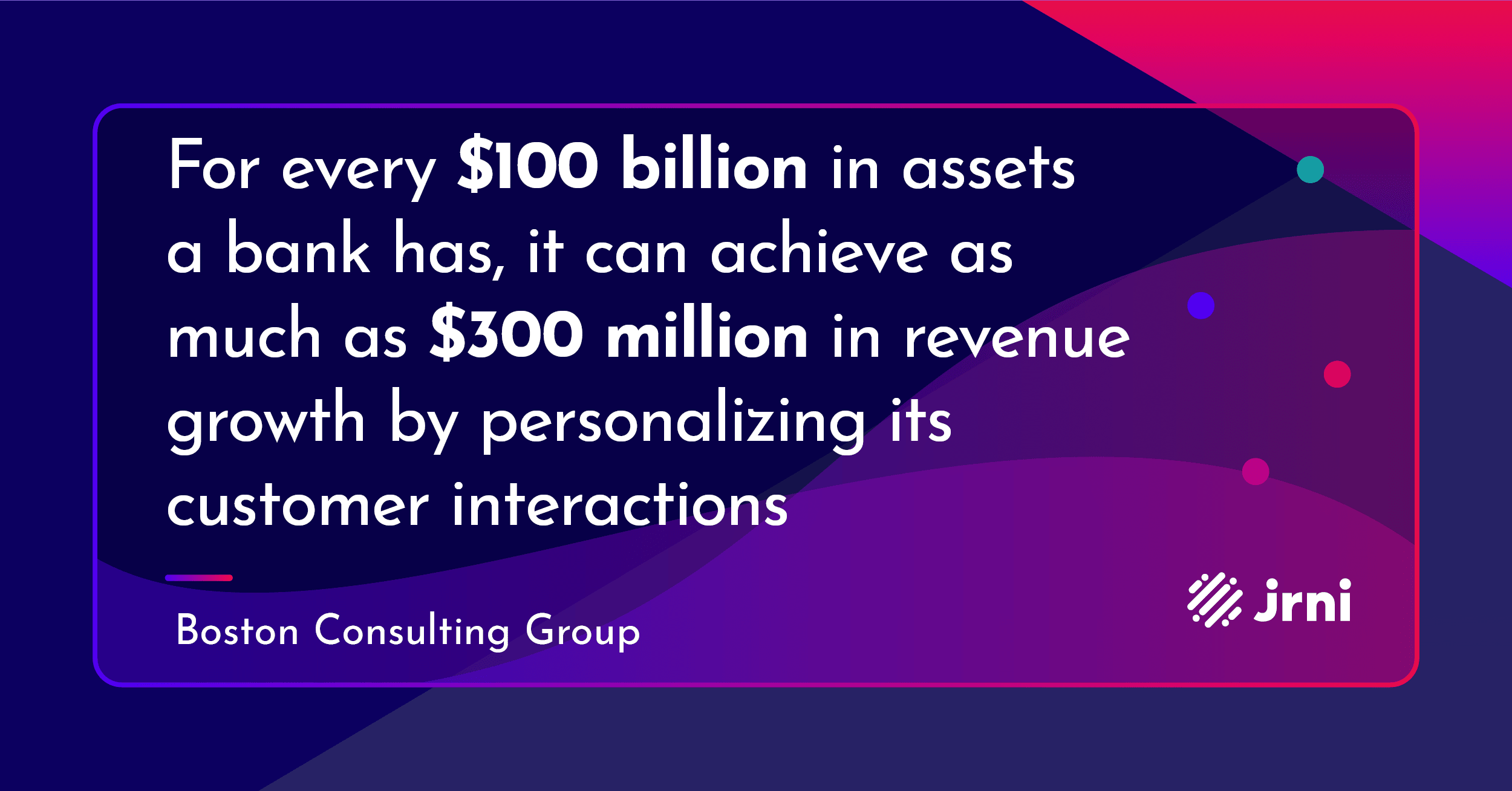Customers expect greater efficiency and flexibility from their financial institutions, especially after becoming accustomed to new virtual service options during the pandemic. Globally, consumers are now using video calls to communicate with businesses and service providers 67% more than a year ago (Vonage 2021). This substantial increase in video calls means banks have a great opportunity to meet new demand by offering video banking services.
With 77% of financial customers preferring to interact face-to-face with their bank to discuss more in-depth topics, video banking provides the best channel to combine digital empowerment and human expertise. For customers, the advantages of video banking are numerous, offering greater access to more high-quality banking services whenever from wherever.
How video banking benefits the customer
Benefits of online and video banking for customers
One of the more obvious benefits of online banking is convenience. Instead of having to go to a physical location or use an ATM, customers can download a mobile app and utilize banking services from their mobile device.
With video banking, customers can also enjoy access to banking services twenty-four seven. The retail banking industry group Efma, together with Vidyo and CUNA Strategic Services, conducted a survey that found over half of organizations that had implemented video banking solutions reported improved customer satisfaction. In addition, recent research found that video banking cuts waiting times by up to 43% and increases NPS to +50 on average.
Digital banking also gives customers access to an easy track record of all their banking transactions. They can see where their money is going, including toward fees and purchases.
Some customers prefer to conduct certain banking-related activities online as opposed to going into a branch. These activities include opening a new checking account or savings account, applying for a credit card, and meeting with a financial advisor.
Reasons customers may choose video banking
For a customer, the decision to choose a video banking solution when possible is often intuitive. For one thing, video banking provides service whenever you need it, from the comfort of your home, car, or office. This enables a more flexible customer experience.
Another important benefit for many customers is the safety of staying home and accessing video banking services online.
Video banking solutions are also more personal than a phone call. Instead of merely hearing a person’s voice, customers can see the person helping them face-to-face during the video chat. This also reinforces the notion that they’re getting personal attention from an expert.
Video banking technology also offers customers particularly good access to expertise. Instead of being limited to the in-person expertise available at their local branch, customers can talk to a staff member who may be in another city.
The ability to share screens is another reason a customer may prefer video banking solutions. Customers do not have to describe their problem or their concern to a bank representative. They can simply screen share, pull up their account, and show them.
Best use cases for video banking
One of the most important uses for video banking solutions is high-value consultations. If a customer wants guidance on a certain type of banking service, it is a good idea for a bank to have video banking technology enabled for that service.
The mortgage application process is one example of a high-value consultation. The procedure is complex and can be daunting for even the experienced home buyer. Choosing to apply for a mortgage is a significant financial decision, and a person who is doing so is likely to have questions.
Retirement savings discussions are another type of banking service that consumers often have questions about. Banks could answer these questions in video consultations in addition to in-person at branch locations. Wealth management services, such as quarterly portfolio reviews, and loan-related banking services are also ideal for video banking.
How video banking benefits your bank
Video banking can benefit your bank in surprising and powerful ways. In particular, this new type of banking can help with increased flexibility and expanded capacity.
How you can utilize video banking to support your bank’s success
To get the most out of video banking, start by enhancing the customer experience by expanding hours of service. Video banking technology, including interactive teller machines, can help serve customers who want to talk to a teller outside of a branch’s limited in-person hours of operation. This is one of the more powerful aspects of video banking technology. It provides a way for a teller to serve a customer without the two of them being in person together. This is why many banks and credit unions are also embracing the idea of a virtual branch.
This, in turn, means your bank can expand its service footprint. Because you can serve more people in more areas for more hours of the day, you can have customers in a wider area, and be able to open your doors - virtually - to more people.
You can even serve people without having a local branch in the area. Even if there is strong competition, you may still be able to find customers who will gladly talk to employees using video. In fact, many customers are embracing video banking technology. U.S. Bank recently launched virtual appointments to connect with customers using video, and one branch banker said, “We had no issues connecting and after roughly 5 minutes of chatting, we both almost forgot that we were not meeting in person in the branch, because the connection felt so real.”
Video banking technology can also enhance the customer experience. Customers do not like to wait in line to receive banking services. The same is true for members of credit unions. By implementing video banking technology, your bank can serve more customers quickly and efficiently. Enhancing each customer interaction will boost your customers’ loyalty to your bank and reduce churn.
How banks are using technology to thrive
Banks that are making the most of video banking are investing in technology to enhance the customer experience. These banks understand that software is changing the banking industry in ways that make it increasingly necessary to upgrade.
Software programs and artificial intelligence can provide customers with a better banking experience by giving them banking advice and tips. Technology also makes it easier for banks to enhance their cross-selling potential. If banks can offer customers better services that are more customized, they will benefit accordingly. It is much easier to cross-sell to an existing customer than it is to acquire a new one.
Best technology and software for video banking
In general, the best technology and software for video banking are helping banks achieve better returns by offering more services and better services to their customers.
The banks with the best banking technology
Flexibility and efficiency are key to the best banking technology. Consider the case of Oriental Bank, which was able to reduce waiting times by more than 50% by partnering with JRNI. Oriental Bank wanted to alleviate customer frustration from long wait times in the branch, increase visibility into customer volume and visits to better allocate appropriate staff, and generate more accurate data in its systems for continuous improvement.
Working with JRNI, Oriental Bank centralized appointment data and gained access to real-time data to improve the business. The result was shorter waiting times, 13,000 booked and registered appointments monthly on the new system, and better continuous improvement strategies improved by access to better data.
The technologies that are used the most in video banking
Many banks use third-party technologies for video banking. However, there are advantages to using native video, as it offers a more secure way to connect than third-party applications.
JRNI handles remote appointments natively, from a proprietary scheduling platform, as well as offers industry-leading video conferencing options like Zoom. This provides banks and credit unions options to use the tool that works best for their businesses.
Interactive teller machines are another important video banking technology that many banks are using more and more frequently. They provide a way for customers to get much more personalized service than a conventional ATM could provide.
Trends in video banking
Video banking is already evolving toward certain trends that highlight the reasons customers are responding to it in the first place. These reasons include personalization, ease, and efficiency, not to mention safety in light of the COVID-19 pandemic.
Toward the future of video banking
Bank branches will continue to be important for high-value decision-making and consultations. Some people will not want to handle all their banking through a mobile app. They will want banking solutions that include in-person interactions.
This trend toward increased mobile banking was accelerated during the pandemic, and will probably reverse to a degree. That is, while customers will continue to do some of their banking by mobile app or other online solution, some will want an in-person interaction at a bank branch when making higher-level financial decisions.
This will mean more demand for in-person tellers and branch experts. But in light of this demand, remote video consultations will continue to be important. Some customers will be perfectly willing to talk to a video teller, particularly because of the increased flexibility to meet with an employee from the comfort of their homes, or wherever they choose.
Some recent trends in digital banking
One of the most significant trends in digital banking is the use of data to personalize customer experience. According to Boston Consulting Group, “For every $100 billion in assets a bank has, it can achieve as much as $300 million in revenue growth by personalizing its customer interactions.”

Banks that take the lead in eliminating data silos will help to ensure that there is a consistent experience across all channels. Consistent experiences mean more customer satisfaction—in other words, happier and more loyal customers.
Banks will also likely continue to partner with fintech firms. They will continue to have an important role to play in offering back-end banking services to make fintech possible.
The ability to offer exemplary customer service will always be relevant for banking. The more that banks can stay on top of trends in video banking and offer flexible technological solutions, the better they will be able to engage customers. This will be particularly important in the wake of the COVID-19 pandemic as customers adopt new ways of banking and continue to expect new ways of connecting with their financial institutions.
Moving forward with video banking for banks and customers
In conclusion, video banking has much to offer bank customers and the banks themselves.
For customers, the key benefits have to do with the ability to access convenient banking services. No one enjoys waiting in line. Video banking greatly reduces that need and generally offers better flexibility. Now customers do not need to be in the same city or even state as the person they are talking to.
Banks, in turn, can reap significant advantages by offering their customers video banking services. The banking industry itself is in the throes of a technological transformation. In the midst of this transformation, video banking will become increasingly necessary to deliver the kinds of flexible responses and efficiency that customers expect from their banks.
If you want to learn more about how you can deliver great video banking experiences with video appointments from JRNI - then sign up to speak with an expert!




